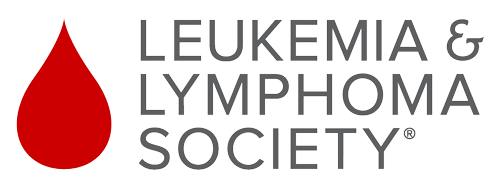I have multiple myeloma and the side effects of my condition include neuropathy in my legs. I have been able to relieve the side effects with pantyhose. How effective are pantyhose for cancer?
- by David Z
from USA
Transcript:
David Z:
Hi, my name is David. I have multiple myeloma, and I’ve found that the side effects of my condition can often be relieved with pantyhose, just plain old pantyhose. Often regular thigh-highs can be better than regular socks also. Compression hose are often too much, and they’re very difficult to deal with. I’m wondering if anyone else has come to the same conclusion? Has there been any research or any kind of documentation? Has anyone else decided how effective different hosiery types are for either side effects or for cancer itself? Just how effective are pantyhose for cancer.
Dr. Marc Braunstein:
Hi, David, thank you for your question. And I’m sorry to hear about your neuropathy. But I am glad to hear that you are exploring different approaches to manage your symptoms. Chemotherapy induced peripheral neuropathy can be very challenging as a side effect of the drugs we use to treat multiple myeloma and it can certainly impact one’s quality of life.
So peripheral neuropathy, which affects the nerves outside of the brain and spinal cord often manifests as a numbing or burning sensation, most often affecting the hands or feet, and can be manifest as anything from a faint tingling sensation to debilitating and painful symptoms, leading to an inability to perform daily functions. So, although we have several interventions that can suppress these symptoms, it’s often difficult to completely reverse the peripheral neuropathy. And unfortunately, there are also no proven preventive strategies, but reporting the neuropathy symptoms early on can help your oncology team intervene before the symptoms worsen.
Although it is uncommon, though well documented that multiple myeloma and certain related plasma cell disorders can directly cause neuropathy. The agents we use for treatment more commonly cause or exacerbate neuropathy, such as bortezomib or thalidomide, or to a lesser extent exacerbated lenalidomide or pomalidomide. In addition, if a patient has a leg bone lesion from multiple myeloma that leads to compression of a nerve that travels from the spine. This could also cause neuropathy symptoms. I should also mention that cold temperature can exacerbate the symptoms of neuropathy. So doing simple things like wearing gloves during the colder months can be helpful for example.
So, when we talk about treatments for neuropathy, there are generally three options. One is changing the dose or frequency of the most likely causative drug or discontinuing it altogether. Two, is to attempt to suppress the neuropathy or neuropathy symptoms pharmacologically by prescribing medications such as duloxetine, or Cymbalta(R) or Gabapentin or Neurontin. And three, is to try complementary therapies such as exercise, compression therapy, like you mentioned, acupuncture, electric stimulation or scrambler therapy, or even medical marijuana. It’s important to note though, that the data to support the majority of these interventions have shown limited to no benefit in the setting of chemotherapy induced peripheral neuropathy, but maybe worth exploring on a case-by-case basis to see what works for an individual patient.
So, David, with regard to compression therapy, there’s very little data to support it to use but trials remain ongoing using intermittent pneumatic compression devices which are somewhat similar in the setting of multiple myeloma. Compression Stockings can theoretically improve neuropathy by improving circulation and protecting the extremities from colder temperatures. But nevertheless, more data are needed to define the benefit of various non pharmacologic approaches. So, in my practice, for challenging cases, I often work in collaboration with a neurologist or neuro-oncologist to help both determine potential reversible causes of neuropathy as well as potential interventions.


